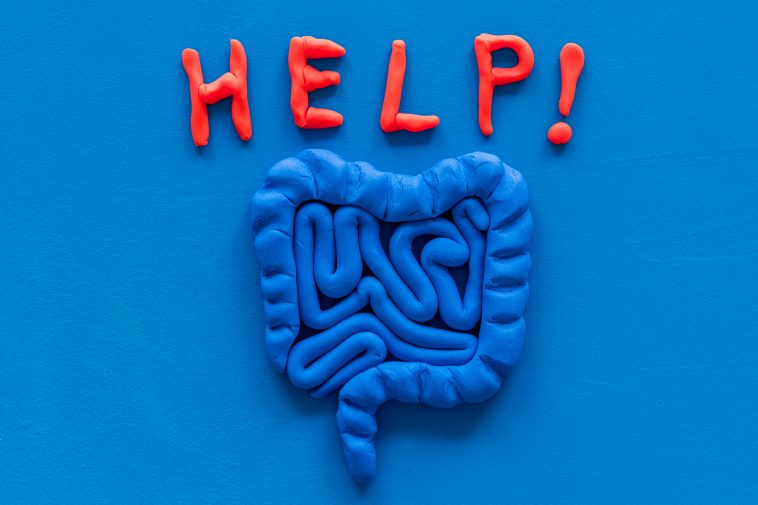Digestive health is vital to our well-being. Our intestines contain trillions of microbes, including bacteria. While bacteria are commonly thought of as harmful and something we need to take medicine for, that’s not the whole story. There are good and bad bacteria, and both types are found in our digestive system. While every individual has a unique gut microbiome, certain combinations of bacteria are found in healthy individuals. Our microbial mix is affected by age, diet, genes, environment, and medications. The attached infographic, The Gut Health Guide: How to Identify Problems and Improve Your Digestion is a helpful introduction to the world of gut health. It offers a brief overview of the causes of poor gut health, the symptoms of poor gut health, and concludes with several ways to improve gut health.
Our digestive tracts are teeming with trillions of good bacteria that function to help us digest food and absorb nutrients as well as to increase our immunity to harmful substances that can cause disease. The bacteria balance in our gut can be negatively affected by many things, including diet, stress, and lack of sleep, to name a few. If we don’t eat well, or we are overstressed, we may be upsetting the balance of our good versus bad bacteria, resulting in poor gut health. This can allow pathogens to enter our body, damaging our intestines and causing abdominal symptoms while reducing our overall immunity.
The majority of the recommendations for improving gut health is related to our diet. This makes sense because poor eating habits cause most of our gut issues. The pace of life today is hectic for most of us, and we often find ourselves grabbing a quick meal on the way to or from somewhere. For many, that means fast food that is high in starches and low in fruits and vegetables. The simplest — although in some ways, the most difficult — way to manage gut health is to take the time and energy required to eat better.
Some categories of food suggested in the infographic may not be familiar to everyone, so let’s introduce them here. Prebiotics contain natural sugars and fibers that encourage the growth of good bacteria in the gut. Our bodies can’t digest prebiotics, so they are moved into the lower digestive tract where they help good bacteria grow. Probiotics help to balance the good and bad bacteria, and they can help replace good bacteria that are lost after taking antibiotics. Polyphenols are found naturally in plants and are loaded with antioxidants. They have been linked to improved digestion and a decreased risk of chronic disease.
To learn what types of foods are in these categories and to find out what other foods to eat and which to avoid for gut health, read the infographic. This convenient guide should be consulted whenever you make your shopping list or go out to eat. Once you get in the habit of eating in a gut-healthy way, you’ll wonder why you didn’t do it sooner!
The Gut Health Guide
This infographic was created by Factor, a keto meal delivery service



